
Senior physics writer Emily Conover joined Science News in 2016. She has a Ph.D. in physics from the University of Chicago, where she studied the weird ways of neutrinos, tiny elementary particles that can zip straight through the Earth. She got her first taste of science writing as a AAAS Mass Media Fellow for the Milwaukee Journal Sentinel. She has previously written for Science Magazine and the American Physical Society. She is a two-time winner of the D.C. Science Writers’ Association Newsbrief award, and a winner of the Acoustical Society of America’s Science Communication Award.
Trustworthy journalism comes at a price.
Scientists and journalists share a core belief in questioning, observing and verifying to reach the truth. Science News reports on crucial research and discovery across science disciplines. We need your financial support to make it happen – every contribution makes a difference.
All Stories by Emily Conover
-
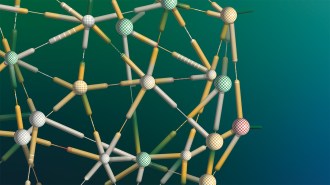 Artificial Intelligence
Artificial IntelligenceA quantum trick helps trim bloated AI models
Machine learning techniques that make use of tensor networks could manipulate data more efficiently and help open the black box of AI models.
-
 Physics
PhysicsTwisted stacks of 2-D carbon act like a weird type of superconductor
“Magic-angle” graphene may provide new clues into poorly understood unconventional superconductors, which operate at higher-than-normal temperatures.
-
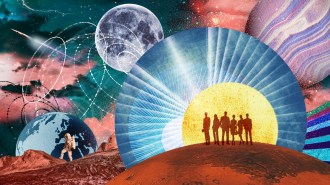 Space
SpaceAmerica risks losing its role as a space science pioneer
Funding uncertainties are pushing U.S. space scientists out of the field and putting existing and future space missions on the chopping block.
-
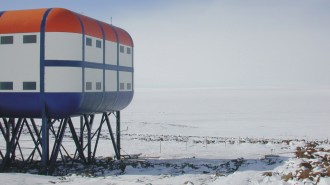 Science & Society
Science & SocietyIf another country tested nuclear weapons, here’s how we’d know
President Trump has argued the U.S. should test nuclear weapons because other countries are doing it. But scientific data suggest they’re not.
-
 Physics
PhysicsWater jets may break up into droplets thanks to jiggling molecules
Streams of liquid form drops thanks to unidentified disturbances. It could be the jiggling of individual molecules.
- Physics
There’s math behind this maddening golf mishap
Math and physics explain the anguish of a golf ball that zings around the rim of the hole instead of falling in.
-
 Space
SpaceBlack holes are encircled by thin rings of light. This physicist wants to see one
Theoretical physicist Alex Lupsasca is pushing for a space telescope to glimpse the thin ring of light that is thought to surround every black hole.
-
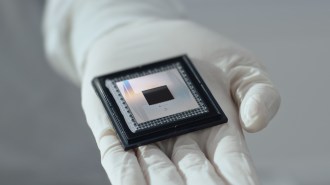 Quantum Physics
Quantum PhysicsQuantum ‘echoes’ reveal the potential of Google’s quantum computer
Google says its quantum computer achieved a verifiable calculation that classic computers cannot. The work could point to future applications.
- Physics
A tiny, levitated glass sphere behaves like the hottest engine ever made
At an effective temperature of 13 million kelvins, the jiggling glass sphere could help scientists understand physics at the microscale.
-
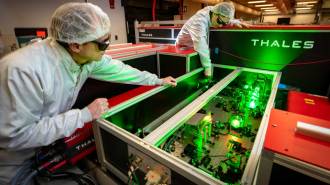 Particle Physics
Particle PhysicsLasers made muon beams, no massive accelerator needed
The advance hints at the possibility of portable muon-making devices that could help peer through solid materials for hidden contraband.
-
 Quantum Physics
Quantum PhysicsDiscoveries that enabled quantum computers win the Nobel Prize in physics
In the 1980s, John Clarke, Michel Devoret and John Martinis demonstrated quantum effects in an electric circuit, an advance that underlies today’s quantum computers.
-
 Physics
PhysicsThese parachutes unfurl thanks to the Japanese art of kirigami
Parachutes inspired by Japanese paper cutting unfurl automatically and fall more predictably than standard parachutes.